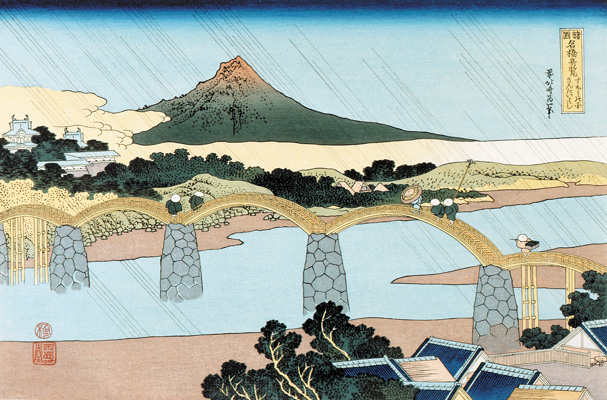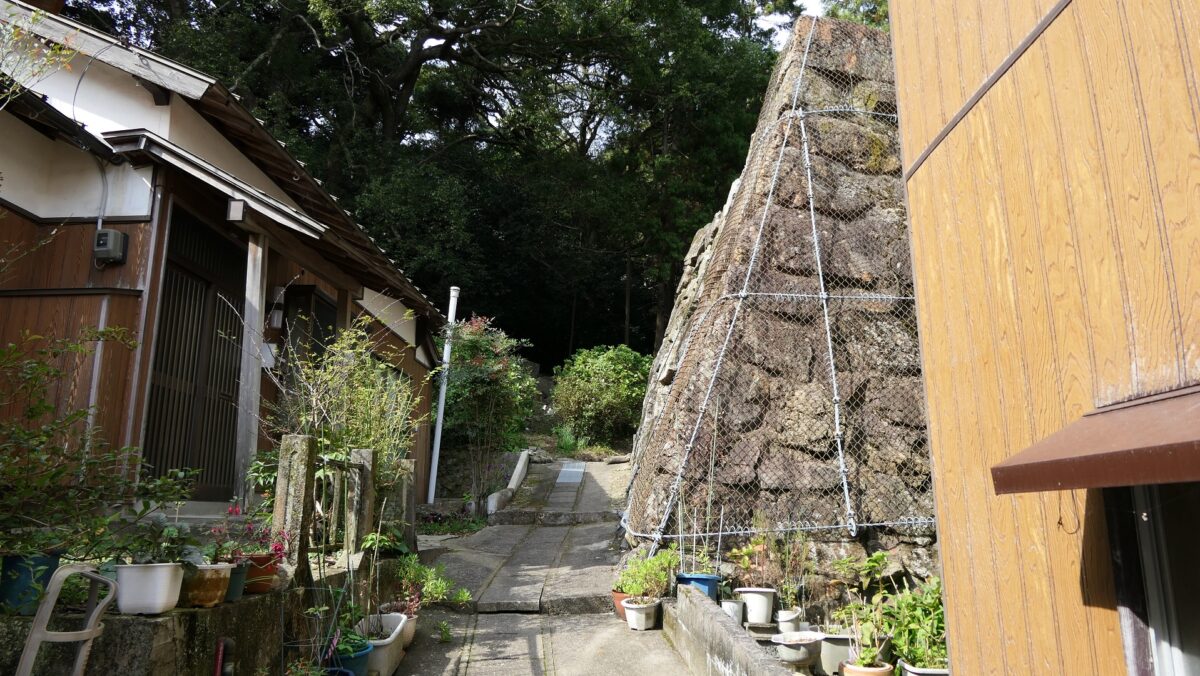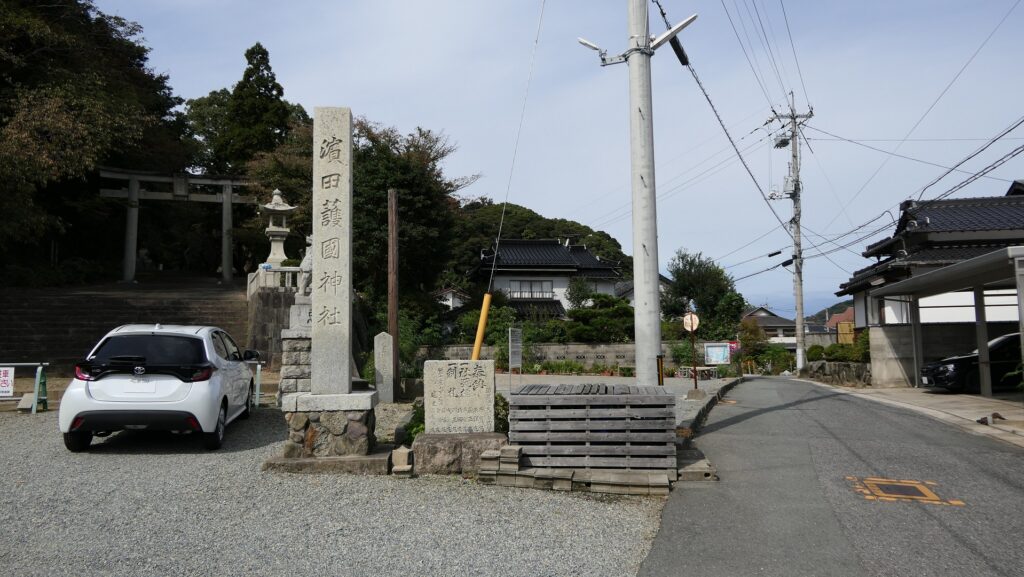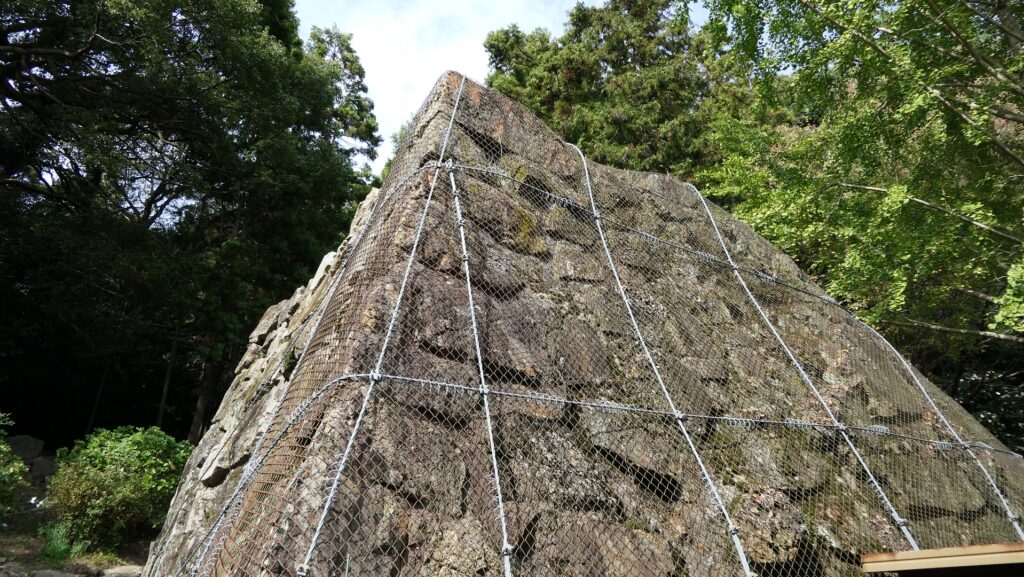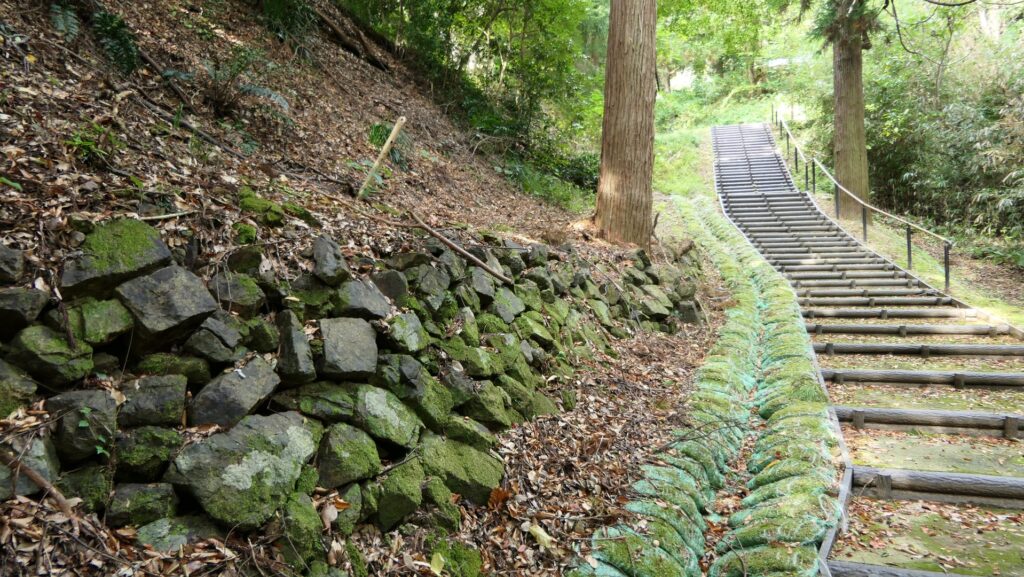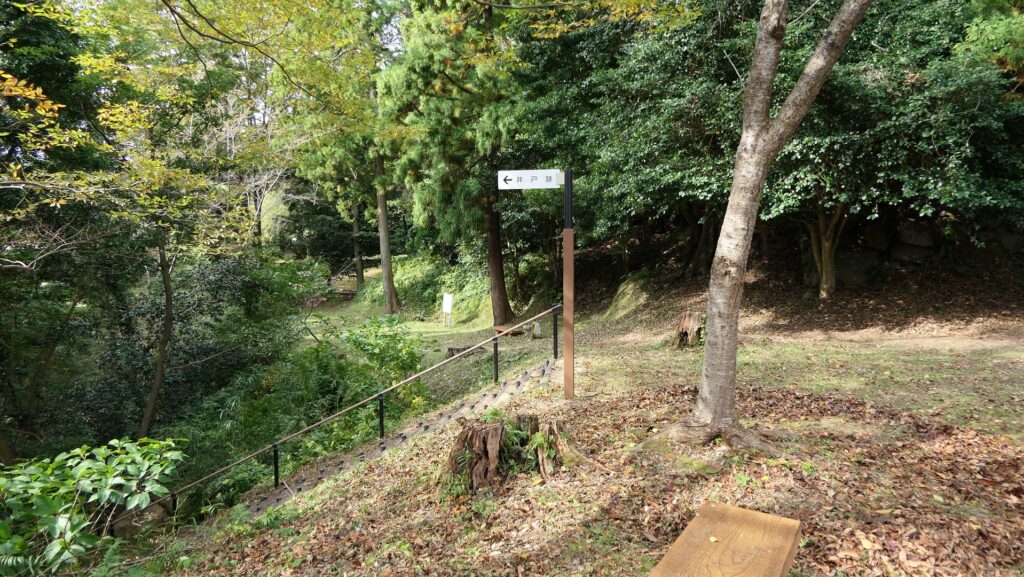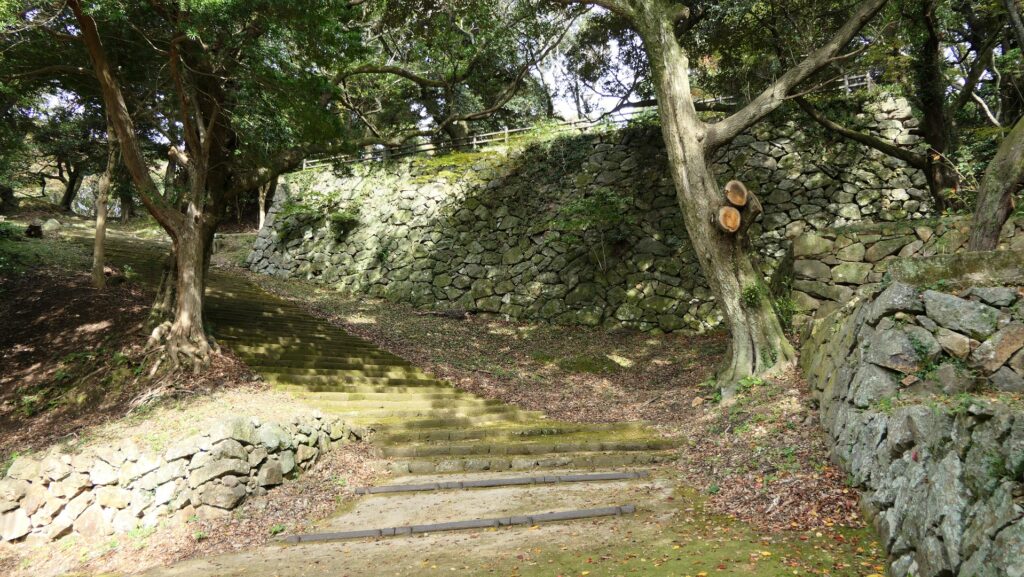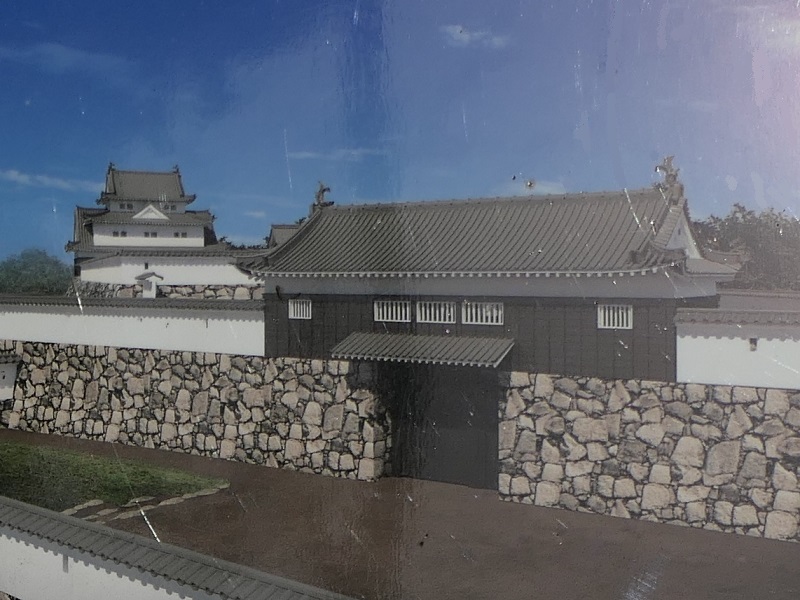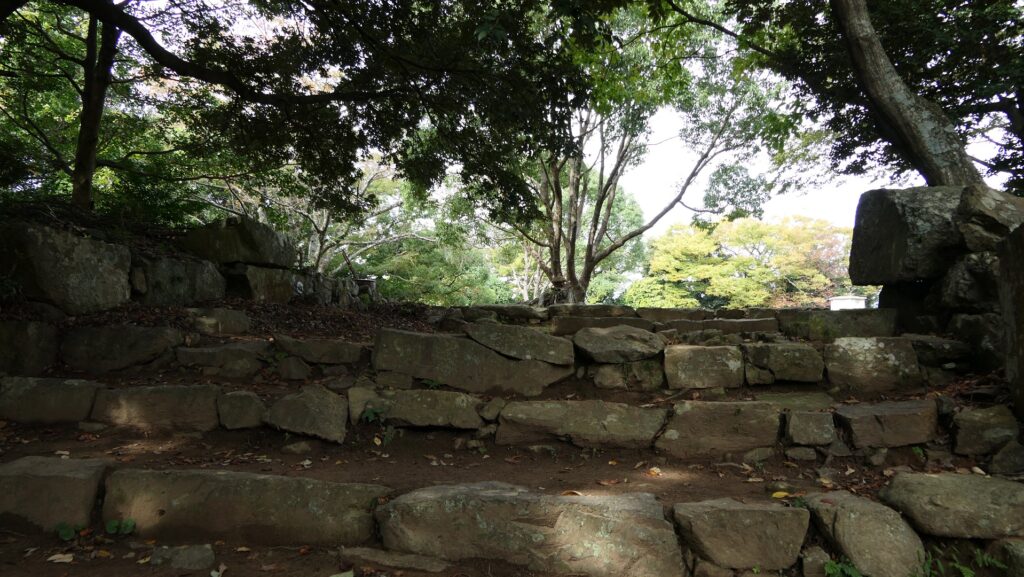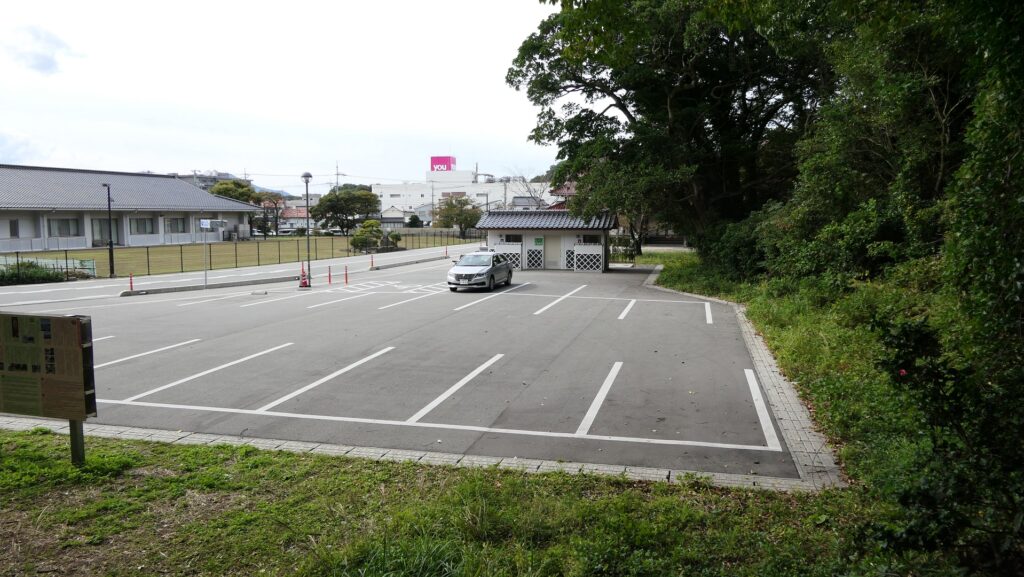Location and History
Hiroie saves Mori Clan
Iwakuni is known for its beautiful scenery from Kintaikyo bridge which has five magnificent wooden arches. The bridge over Nishikigawa River also has a good background of a mountain with the Main Tower of Iwakuni Castle. Visitors may think they all remain as they were, however, the castle has many episodes, in fact, and had a tough life.
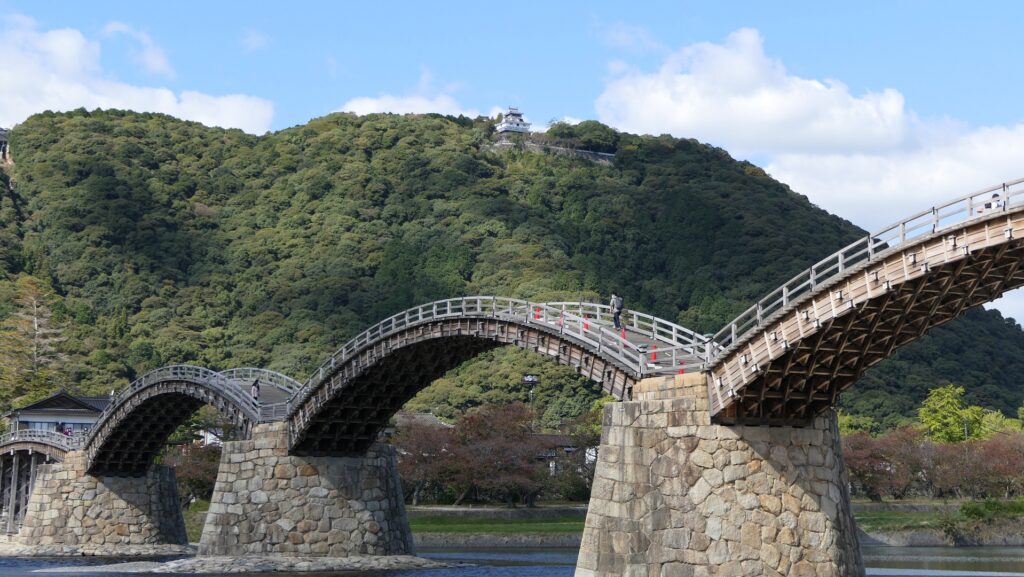
Hiroie Kikkawa was the founder of the castle, who also was a senior vassal and relative of the Mori Clan. The clan governed most of the Chugoku Region with an earning of 1.2 million koku of rice at the end of the 16th Century. However, after the ruler of Japan, Hideyoshi Toyotomi died in 1598, the situation became unstable. Many lords tried to rely on Ieyasu Tokugawa, the largest one in eastern Japan with 2.5 million koku as the next ruler, while others including Mitsunari Ishida still supported the Toyotomi Clan. Mitsunari tried to make the lord of the Mori Clan, Terumoto Mori as their leader because the clan was the largest lord in western Japan. The opinions inside the clan were divided. One is to support Mitsunari and become the next ruler instead of Ieyasu, mainly insisted by Ekei Ankokuji, the other is to support Ieyasu to maintain their territory, objected by Hiroie.
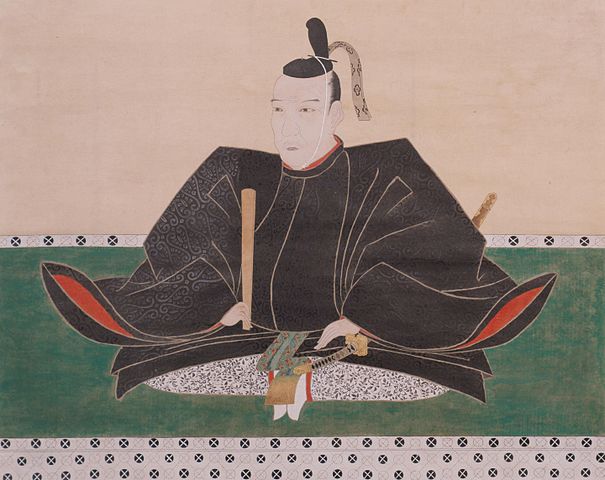
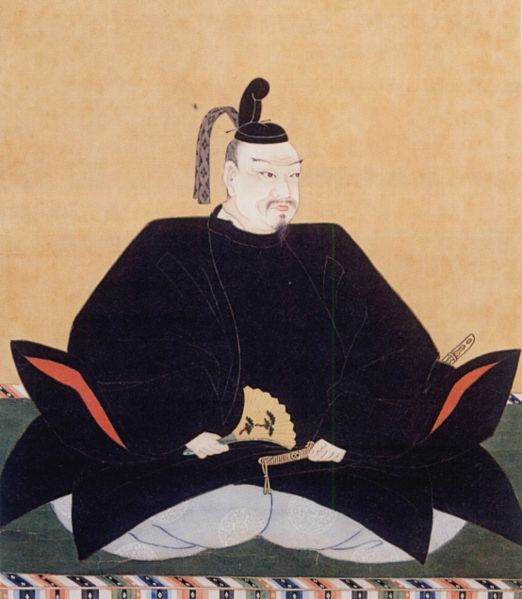
When the Battle of Sekigahara happened in 1600, Terumoto became the head of the West Quad which was actually led by Mitsunari, because being a ruler was attractive to him. Hiroie was a cool-headed commander who knew his master couldn’t take over the East Quad led by Ieyasu. Therefore, he contacted Ieyasu secretly and promised that his troops would not do anything in the battle in exchange for maintaining the Mori’s territory. As a result, Ieyasu defeated Mitsunari. However, after the battle, Ieyasu found out the evidence that Terumoto had wanted to be a ruler. Ieyasu decided to take all the Mori’s territory away from Terumoto and give two provinces (Nagato and Suo) of it to Hiroie. Hiroie urged Ieyasu to give the provinces to Terumoto instead of him. In the end, Mori’s territory was formally reduced from a worth of 1.2 million koku to only 370 thousand koku of the two provinces, known as the Choshu Domain.

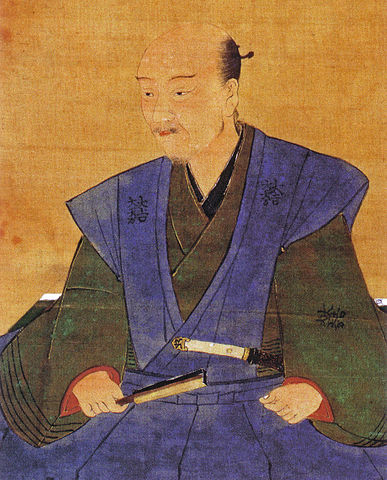
Iwakuni Castle is built in Hiroie’s new territory
Hiroie had to stand in a difficult position. He was actually the hero of the Mori Clan, but many members of it thought he was a destroyer. He was finally given by the clan a small territory with 30 thousand koku, which was the eastern edge of the Choshu Domain. Hiroie started to build a new castle as his home base in 1601, which would be called Iwakuni Castle. He first built his residence called Odoi beside Nishikigawa River which could be the natural Outer Moat. The residence was also surrounded by the artificial Inner Moat. After that he developed the mountain part of the castle mainly by building the Northern, Main and Second Enclosures on the ridge from the north to the south. They were all surrounded by stone walls and the Main Enclosure had the four-level Main Tower. The castle was completed in 1608.
The range or the Choshu Domain and the location of the castle The relief map around the castleHiroie’s hard decision to destroy Mountain part
However, another difficulty was coming to Hiroie after the Tokugawa Shogunate defeated the Toyotomi Clan in 1615. The Tokugawa Shogunate ordered all the lords in Japan to destroy all the castles except for one castle where the lord lived by issuing the Law of One Castle per Province in the same year. The shogunate tried to prevent any other lords from rebelling based on many strong castles. According to this law, Iwakuni Castle could survive because the castle could be the only one castle in Suo Province and the shogunate still considered Hiroie’s Kikkawa Clan as an independent lord. However, the Mori Clan didn’t allow it as they thought that the Kikkawa Clan was just a retainer of them, not an independent lord. The controversial relation between Hiroie and the Mori Clan since the Sekigahara Battle remained. Hiroie had to choose to destroy the castle considering the future relationship with the Mori Clan.
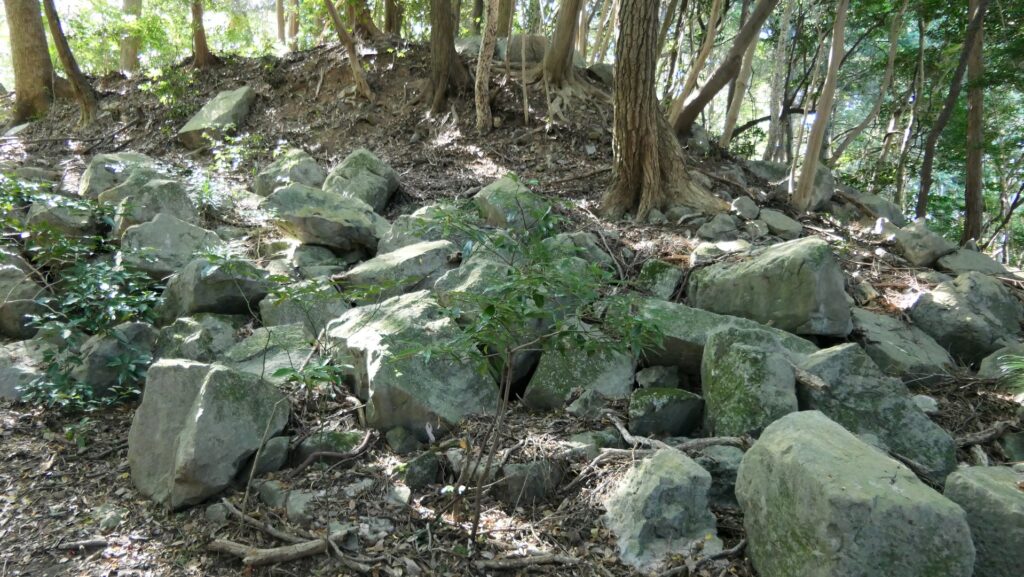
The mountain part was actually destroyed but the residence beside the river survived for living. It was formally called Iwakuni Encampment, not Castle until the end of the Edo Period. Kintaikyo Bridge was first built in 1673 by the third lord of the clan, Hiroyoshi Kikkawa to connect his residence with the castle town which had been built at the opposite side of the river. This bridge could be seen as a symbol of the peace at that time.

